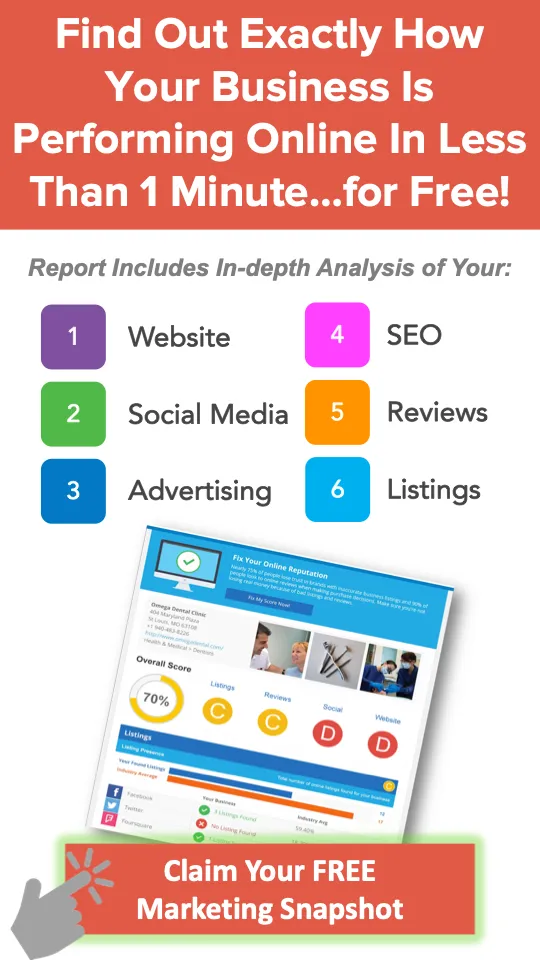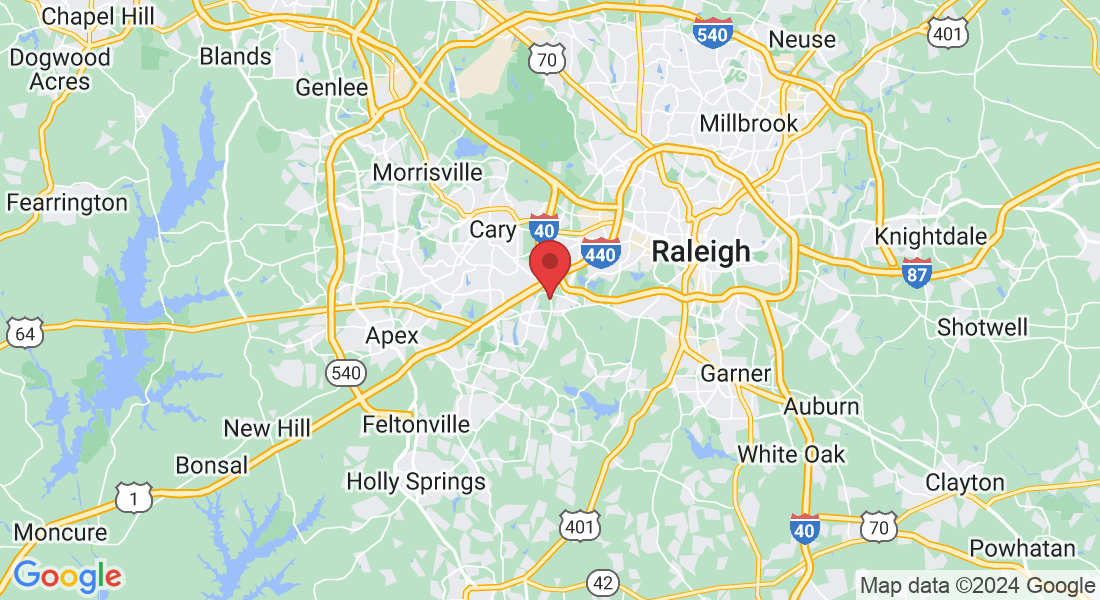
Discover Simple Solutions To Increase Your Restaurant, Bar or Brewery Sales and Profits
Discover Simple Solutions To Increase Your Restaurant, Bar or Brewery Sales and Profits
What is the most valuable asset in your business?
Some business owners would say it is their great location… inventory…great customer service…or unique products. But in reality, it’s your customers or even more importantly your "Customer List" that is truly your most valuable asset.
When you intimately understand the value of your customers and begin implementing the powerful strategies I’m about to reveal, you can start capitalizing on the hidden profit opportunities within your business.
I encourage you to learn the principles, concepts and marketing strategies I teach and have successfully used for 20+ years as a business owner and marketing professional. I encourage you to use them to build your own business, increase your sales, or enhance your bottom line profits.
The cost of attracting new business is much higher than reselling to existing customers. Unfortunately, most business owners spend all their marketing efforts focused on creating new business, or new customers, yet fail to exploit the FULL PROFIT POTENTIAL of the investment they have already made.
If your best bet for producing IMMEDIATE, LOW COST SALES is from your current customer base (and it is) then what specifically can you do to encourage repeat business? Do you have a restaurant Birthday Club or a even better a Loyalty/Rewards Program? A simple newsletter optin on your website or a lame loyalty program from your POS system that doesn't communicate regularly and strategically with your customers is a fail.
You need to be communicating to your guests at least every 21 days or you are absolutely losing some and not staying top of mind with people that probably love you but just need a nudge to com in a bit more.
Let me share some sales-building marketing concepts with you to illustrate.
FIRST, DETERMINE THE LIFETIME VALUE OF A CUSTOMER. Once you do this, you will know how much you can spend to attract a new customer. You’ll also have solid numbers to evaluate the profitability of your current marketing and advertising efforts…eliminate what’s not working… and repeat what works best.
Here’s how to determine the lifetime value of a customer:
Calculate your average sale by dividing your total sales by your total transactions over the past 12 months. If your sales were $90,000 and you processed 1800 transactions, then your average sale is $50.
Figure out your profit margin. Let’s say your profit margin, after all expenses, is 20%. This means your business earns $2 for every $10 in sales.
Determine how often, or the frequency, your customers buy from you each year. To do this, divide your total transactions by your total customers. If you had 300 customers over the last year, then (on average) your customers buy from you 6 times a year. Of course, once established, your customers may buy from you for many years. So…
Determine your customer retention rate. Let’s, for now, assume the average length of time a customer does business with you is 3 years.
Now, for this example, we have each customer spending $50 with you an average of 6 times a year for 3 years. Therefore, each satisfied customer will generate $900 in sales. At a 20% profit, you will earn $180 from each new customer.
This is the lifetime value of a customer
Armed with this knowledge (and not one in 1,000 business owners understand this) you could literally spend up to $180 to attract one new customer and still break-even. How hard would it be to create a $50 sale if you knew you could spend $180, or $90, or even $45 to attract that business?
So, if you run an ad, mail a letter, hire salespeople or put together a promotional campaign, you know that for every $180 you spend, you must attract one customer, otherwise you’re losing money.
When you don’t know the lifetime value of a customer, you’re making important advertising and marketing decisions blind. Also, when you fail to convert a prospect or lose a customer due to ambiguous marketing, rude employees, poor quality, or lack of follow-up, then you are throwing away $180 in each case.
On the other hand, YOU CAN LITERALLY MAKE A FORTUNE compounding your sales and profits by taking this concept a few steps further. Here’s how.
Small gains of only 10% in your customer base, average sale, frequency of purchase and customer retention rate can
DRAMATICALLY INCREASE YOUR SALES AND PROFITS IN 12 MONTHS OR LESS.
ADDITIONAL RESOURCES


© 2025 All Rights Reserved
Restaurant Success System
Success Systems LLC
A unique business improvement process that helps Restaurant, Bar, and Brewery Owners double their profits and time off in as little as 90 days without struggling to find new customers, technology overwhelm, or working tirelessly day in and day out so they can achieve lasting financial freedom.
Contact Us
2474 Walnut St
Suite 309
Cary, NC 27518
919-646-3322
This site is not part of the Facebook website or Facebook Inc. Additionally, This site is NOT endorsed by Facebook in anyway. FACEBOOK is a trademark of Facebook, Inc.
DISCLAIMER: If you do nothing, you can expect nothing. Your results will vary and depend on many factors… including but not limited to your background, experience, and work ethic. All business entails risk as well as massive and consistent effort and action. If you’re not willing to accept that, please DO NOT APPLY FOR OUR PROGRAM.
This button has the CSS class "btn-popup" so we can use it to toggle the pop up. You'd normally hide this in a hidden section at the bottom of the page.
Add jQuery to your page. Normally I add this to the footer or a hidden section at the bottom of the page with the rest of my scripts.
Add your button/pop-up controller here - AFTER jQuery
You can also show a form that is hidden on the page
you will want to add custom CSS Class under advanced to the form element and then use custom CSS to hide the element from the page on landing
.YourCustomCSSName{
Display: none;}
This script lets you show different content in the pop-up based on which button you click. The URL of the button must be a matching CSS class in the pop up. For example: ".pop-01" would display the row with the CSS class "pop-01".
Also, each button has the CSS class "btn-pop" so we can attach our click events to them.
This button has the CSS class "btn-popup" so we can use it to toggle the pop up. You'd normally hide this in a hidden section at the bottom of the page.
Add jQuery to your page. Normally I add this to the footer or a hidden section at the bottom of the page with the rest of my scripts.
Add your button/pop-up controller here - AFTER jQuery













